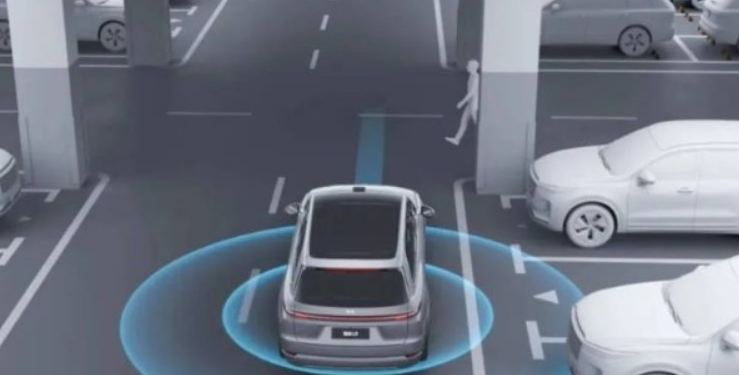Imagine driving your beloved car through busy city streets or galloping on vast highways, where the vehicle can automatically adapt to road conditions, avoid obstacles, and maintain optimal driving conditions. Behind all of this is the precise perception and rapid response of driving sensors. Sensors, this seemingly insignificant small component, possess the "magic" to change the future of automobiles. They provide key information for intelligent decision-making of cars by capturing various data during vehicle operation, making driving easier, safer, and more efficient.

Types and functions of automotive sensors
There are various types of automotive sensors with different functions, but they can be roughly divided into the following categories:
Temperature sensor: such as a water temperature sensor, it directly detects the working temperature of the coolant to ensure that the engine operates at the appropriate temperature. When the water temperature is too high or too low, the sensor will send a signal to the ECU (engine control unit) to adjust the working status of the cooling system in a timely manner. Oxygen sensor: An oxygen sensor is an important device for monitoring the oxygen content in engine exhaust gases. By detecting the oxygen content during the exhaust period, the oxygen sensor can determine whether the fuel is burning normally and provide important data for the ECU to control the air-fuel ratio of the engine. This is of great significance for improving fuel economy and reducing emissions and pollution.
Pressure sensors: including intake pressure sensors and oil pressure sensors. The intake pressure sensor measures the absolute pressure in the intake manifold based on the load state of the engine, and converts it into an electrical signal to send to the ECU as the basis for determining the fuel injection quantity. The oil pressure sensor is used to detect the amount of oil inside the engine, ensuring that the engine receives sufficient lubrication. Position sensors: such as crankshaft position sensor and throttle position sensor. The crankshaft position sensor detects the top dead center signal, crankshaft angle signal, and speed signal, allowing the ECU to issue the optimal ignition timing command according to the ignition sequence of the cylinder. The throttle position sensor detects the opening of the throttle valve plate to control the fuel injection amount during acceleration or deceleration. Flow sensor: such as an air flow sensor, it converts the inhaled air into an electrical signal and sends it to the ECU as one of the basic signals determining the fuel injection quantity. This is crucial to ensure that the engine can achieve the optimal mixture concentration under different operating conditions. Special function sensors: such as knock sensors and wheel speed sensors. The knock sensor is used to monitor the knock situation of the engine. When knock is detected, the ECU will adjust the ignition advance angle to reduce or eliminate knock. The wheel speed sensor is used to monitor the rotational speed of the wheels, providing critical data for safety systems such as ABS (Anti lock Braking System).
The core position of automotive sensors
The importance of automotive sensors as the information source and fundamental key components of automotive electronic control systems is self-evident. They collect various data during vehicle operation and convert it into electrical signals to be sent to the ECU for processing, thereby achieving precise control of key components such as the engine, transmission system, braking system, and vehicle stability system. It can be said that without the support of automotive sensors, the intelligence and safety of cars will be greatly reduced. As an important component of automotive technology, automotive sensors have a wide variety of types and powerful functions. They provide solid support for the intelligence and safety of automobiles by accurately sensing and quickly responding to various information during vehicle operation. With the continuous development of technology, the performance of automotive sensors will continue to improve and their applications will become more widespread. In the future, we have reason to believe that automotive sensors will play a more important role in automotive technology, driving the automotive industry towards a more intelligent, safe, and environmentally friendly direction.
Information source: Sensor Expert Network



